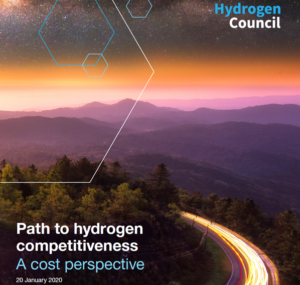Korean Register Sees Ammonia as Preferred Alternative Maritime Fuel
Last week the classification society Korean Register of Shipping (KR) released Forecasting the Alternative Marine Fuel: Ammonia, a “technical document on the characteristics and the current status of ammonia as ship fuel.” One hesitates to take the title too literally, but the report really does forecast that ammonia will be the alternative marine fuel. Over the last year, a number of maritime transport stakeholders – engine producers, government agencies, other classification societies – have identified ammonia as a promising means of industry decarbonization. But in joining the group, KR makes a notably explicit and complete case in ammonia’s favor.








